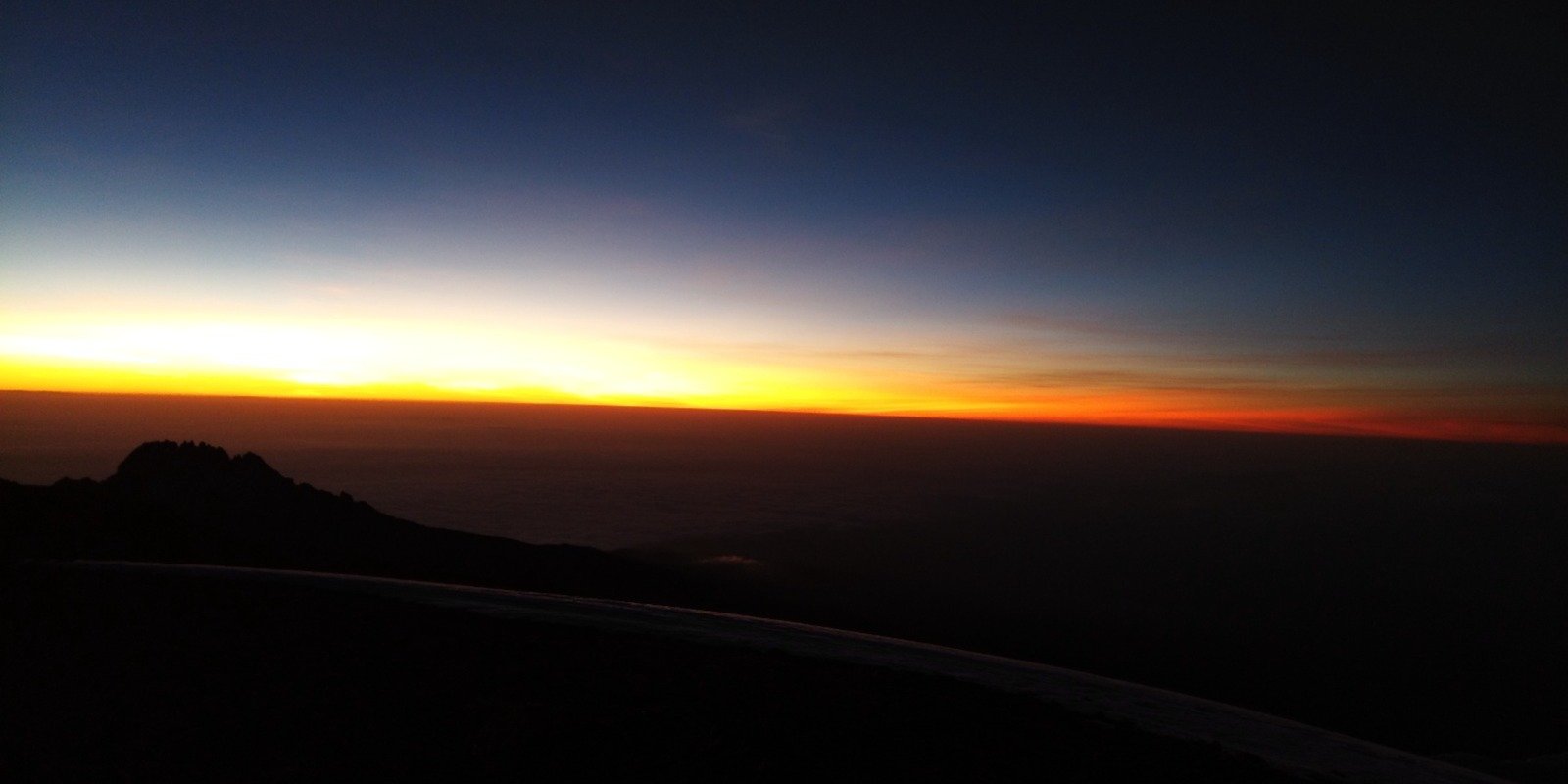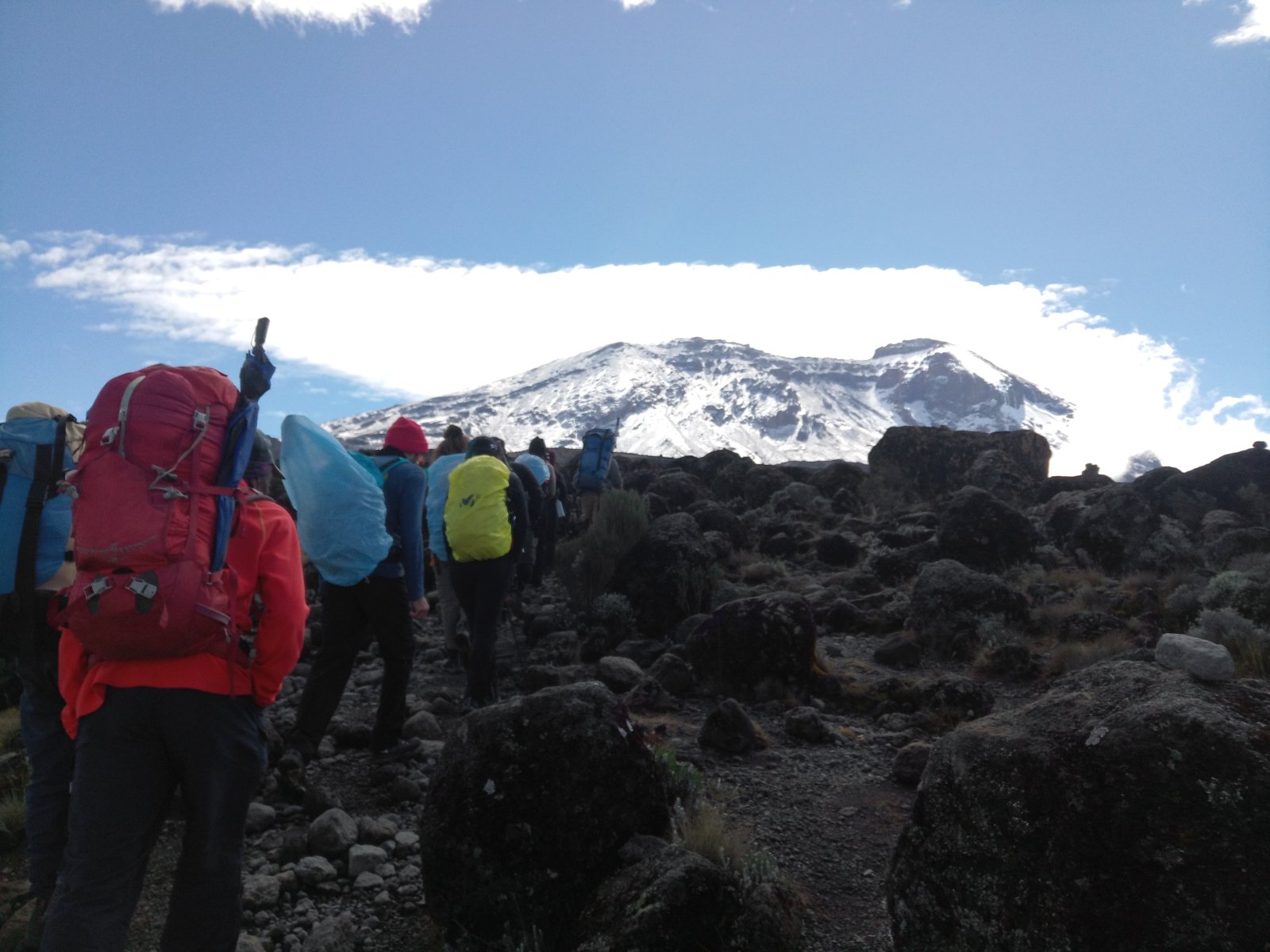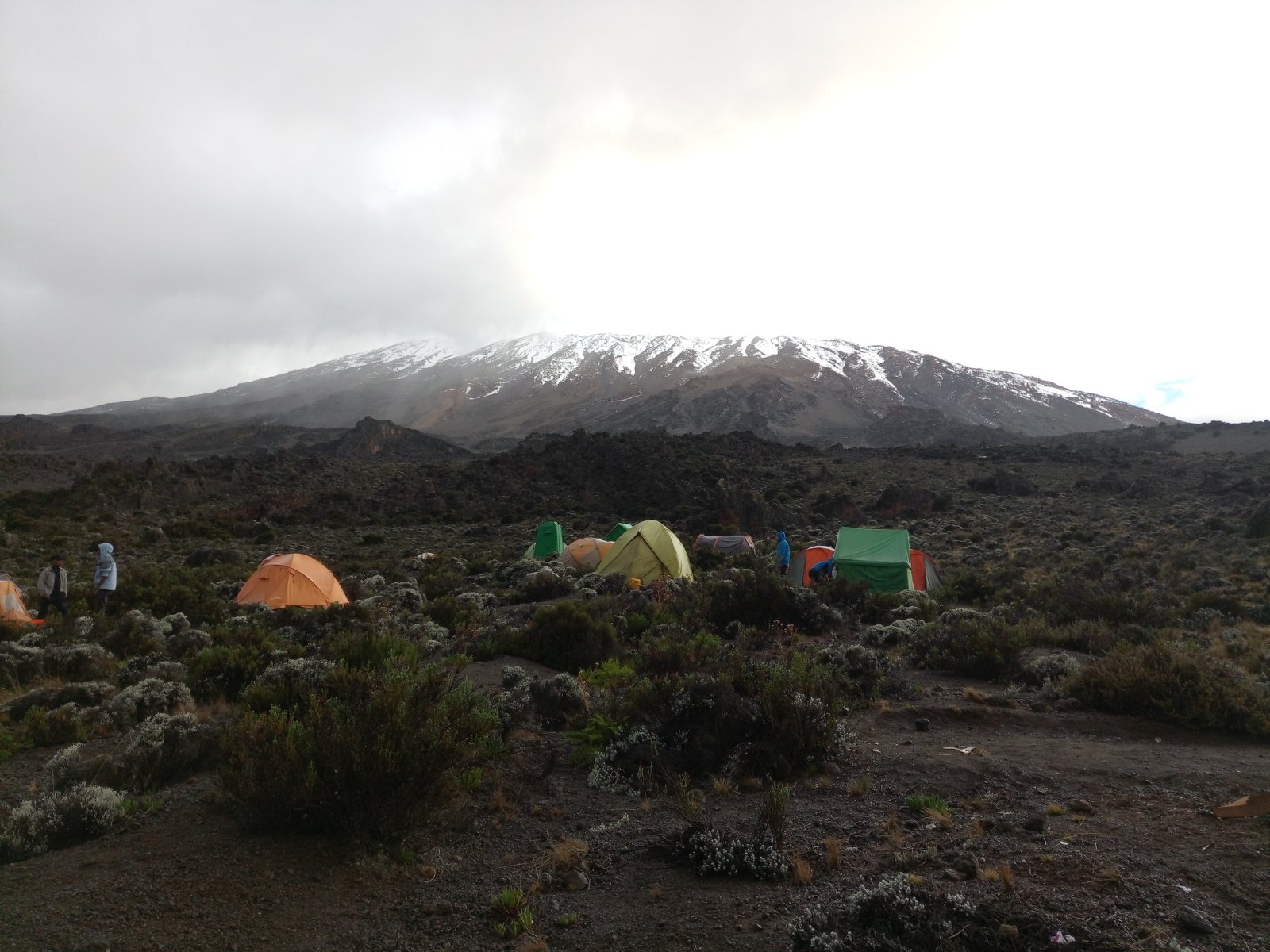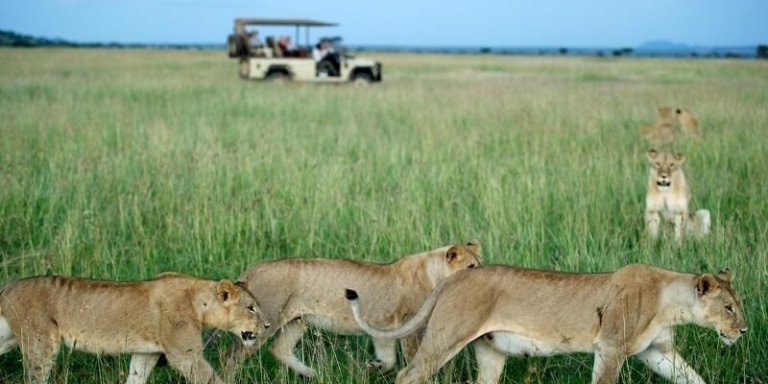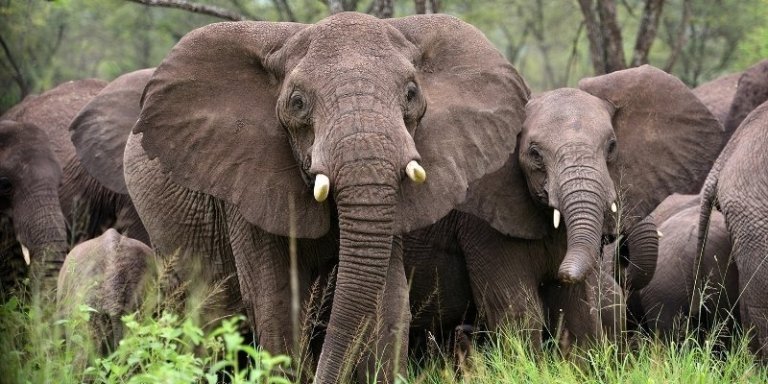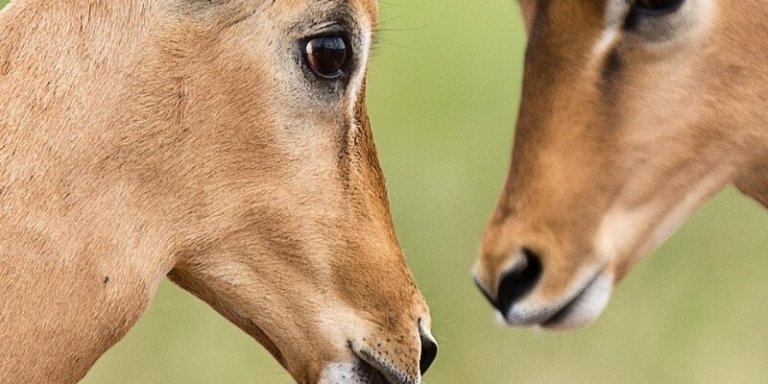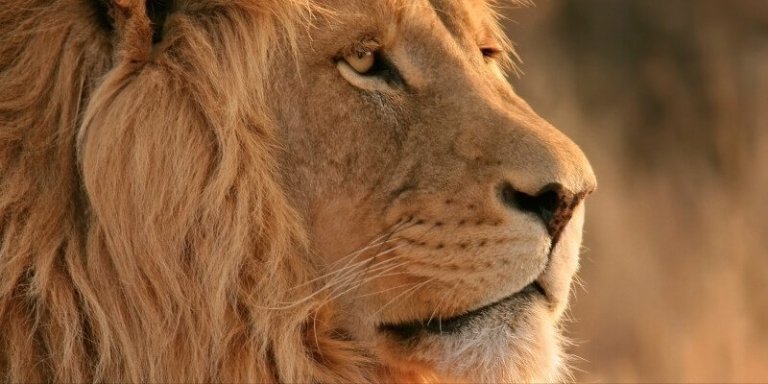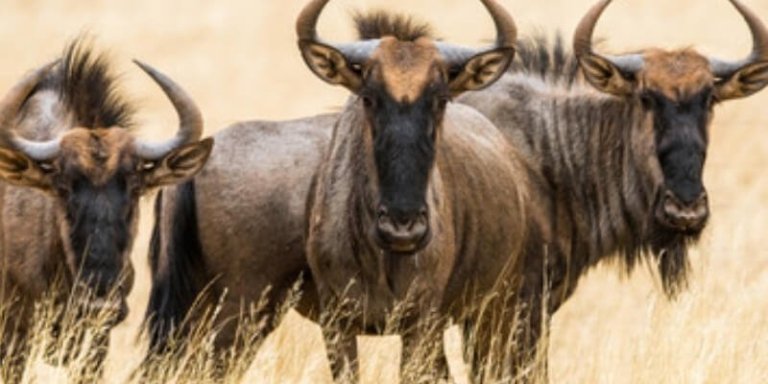Incredible Tanzania Wildlife Safari - from the roof top of Africa to the endless plains of the Serengeti. Enjoy the beauty and magic of Tanzania. This safari takes you to the most spectacular Read more ➤
6 DAYS UMBWE ROUTE MOUNTAIN KILIMANJARO CLIMB
-
Duration - 6 days
-
Guide optionsEnglish, Spanish, French
-
Cancellation PolicyStandard
Overview
All trekkers need to organize their own flight to Kilimanjaro international Airport . From JRO you will be met by our staff and transferred to Moshi in the peaceful surrounds of our comfortable pre and post trek accommodation from where there are great views of the mountain
Highlights
- safety security
- best experiences
- expert tour guider
- exclusive access
- best tour planning
- value of your money
- sustainable tourism
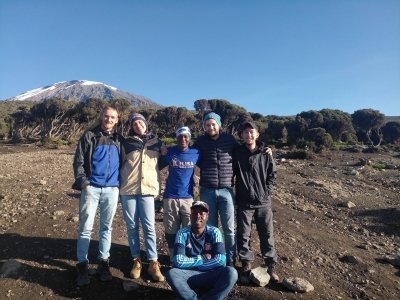
Description
6 DAYS UMBWE ROUTE MOUNTAIN KILIMANJARO CLIMB
Umbwe Route is the steepest, briefest and the promptest route on Mt. Kilimanjaro. It is named as the most troublesome seminar on Kilimanjaro too.
Umbwe Route is the least swarmed trek route on the mountain. Umbwe due to its grand, steady and straight move to the pinnacle makes the chances of accomplishment on this course low.
The course is proposed for master pioneers or climbers who can alter quickly to stature.
In any case, the course with couple of trekkers, impeccable woods and walking detachments settles on it a perfect trekking decision for fit trekkers.
As a result of its fast gain in stature the underlying two days, it is one of the hardest and least secure Kilimanjaro courses. Climbers are compensated with remarkable and stunning points of view, less people, and shorter divisions. What's more, you will value seeing the astounded look on the forces of neighborhood individuals when you uncover to them that you ascended by methods for the Umbwe course.
The course begins from the south, before turning eastwards at Barranco Camp, the trail then transverses underneath the Southern Icefield before summiting from Barafu. The drops are made by methods for the Mweka course.
What's included
- Inclusions:
- Private transport from Kilimanjaro International Airport to your accommodations in Moshi.
- 4 Season Mountain tents with comfortable Sleeping Mattress
- 18% VAT on tour fees & services
- National Park entry fees, camping fees, rescue fees
- Team Kilimanjaro Rescue fees
- Private transport to Kilimanjaro International Airport after trek to catch your flight back home
- 2 nights of your hotel stay before and after trek in Moshi.
- Friendly and professional mountain guides, cook and porters
- 3 hot meals daily while on the mountain
- Enough treated & filtered drinking water throughout the trek
- Fair wages for the mountain crew as approved by the Kilimanjaro National Park Authority (KINAPA)
- Hot water for washing
- Government taxes
- Portable oxygen tanks & ox meter
- Emergency first-aid kit
- Transportation to & from the Kilimanjaro gate
- Kilimanjaro trekking according to the itinerary
- Professional, English-speaking Wilderness First Responder & CPR certified Guide
- Rescue Fees
- Exclusions:
- Lunches, dinners and drinks at your hotel before and after climb
- Travel insurance
- Flights
- private portable toilet with a toilet tent are available for rent the entire trip to be share
- Personal items and toiletries
- Tips for guides, porters and cook ,this is a guide to tipping on the mountain Kilimanjaro
- Laundry ,Available at hotel
Itinerary
- Visited Places:
- Barranco Camp
- Karanga Camp
- Barafu Camp
- Mweka
- Mweka gate
Pre day: Arriving in Tanzania
All trekkers need to organize their own flight to Kilimanjaro international Airport [JRO]. From JRO you will be met by our staff and transferred to Moshi in the peaceful surrounds of our comfortable pre and post trek accommodation from where there are great views of the mountain. You can relax by the pool before your briefing with the Guides, who will provide the essential information for your trek to the roof of Africa.
The Hotel we are using is between these
1. Parkview inn Hotel.
Day 1: Umbwe Gate (1614m) – Umbwe Cave camp (2850m)
· Hiking time: 6 Hours
· Distance: Approximately 10.3 km
· Habitat: Forest (Montane)
· Meals: Lunch & Dinner
· Overnight: Umbwe Cave Camp
After breakfast you will be driven to the Machame gate where registration formalities will be completed. From the Machame gate you will be transferred to the Umbwe Gate (1641m), passing through villages with coffee and banana plantations. The air is thick with moisture and the path is usually muddy. The route initially follows a forestry track winding up through the natural rain forest. It then narrows and steepens to climb the ridge between the Lonzo and Umbwe rivers, with huge trees surrounding you. The path offers some spectacular views of deep gorges and if you are lucky, glimpses of Kilimanjaro towering above you in the distance. The camp is perched between huge trees and thick undergrowth.
Day 2: Umbwe Cave camp (2850m) – Barranco camp (3985m)
· Distance: Approximately 6.3 km
· Hiking time: 6 hours
· Habitat: Moorland
· Meals: Breakfast, Lunch & Dinner
· Overnight: Barranco Camp
Shortly after leaving the camp the forest starts thinning and is replaced by rockier terrain, sparser undergrowth and straggly, moss-covered trees. The path continues along a narrow, but spectacular ridge. As you gain higher altitude, catch glimpses of Kilimanjaro rising majestically ahead of you – etched against the blue sky. The path flattens as you approach Barranco Valley.
From the Umbwe ridge the route descends slightly to the Barranco camp. The camp is situated in the valley below the Breach and Great Barranco Wall, which should provide you with a memorable sunset while your dinner is being prepared.
Day 3: Barranco camp (3985m) – Karanga Camp (4040m)
· Hiking time: 6 hours
· Distance: Approximately 6 km
· Habitat: Moorland / Semi desert
· Meals: Breakfast, Lunch & Dinner
· Overnight: Karanga Camp
After spending a night at the great Barranco Wall (a very imposing sight at first), you make your way up this awesome looking obstacle, which in the end normally turns out to be easier than anticipated. Topping out just below the Heim Glacier, you will now appreciate just how beautiful Kilimanjaro really is. The route then heads down through the Karanga Valley over intervening ridges and valleys, and then joins up with the Mweka route. This is the preferred route down from the summit, so remember it. The last water stop on the route is the Karanga Valley, as there is no water available at Barafu camp.
Day 4: Karanga camp (4040m) – Barafu camp (4681m)
· Hiking time: 4 hours
· Distance: Approximately 3.4km
· Habitat: Alpine desert
· Meals: Breakfast, Lunch & Dinner
· Overnight: BarafuCamp
Breakfast at Karanga camp and after breakfast turn left up the ridge and the route ascends 640m towards Barafu Camp. Barafu is the Swahili word for “ice” and it is a bleak and inhospitable camping area to spend the night.
Totally exposed to the ever-present gales, the tents are pitched on a narrow, stony, and dangerous ridge.
Make sure that you familiarise yourself with the terrain before dark to avoid any accidents.
The summit is now a further 1214m higher and you will commence with your final ascent attempt, the same night. Prepare your equipment, hiking poles and thermal clothing for your summit attempt. This should include the replacement of your headlamp and camera batteries and make sure you have a spare set available as well. To prevent freezing it will be wise to carry your water in a thermal flask. Go to bed as early as possible and try to get some precious rest and sleep.
Day 5:Summit attempt, Barafu camp (4681m)-Uhuru Peak (5895m)-Mweka (3090m)
· Hiking time: 7 to 8 hours to reach Uhuru Peak, 6 to 8 hours to descend to Mweka Camp
· Distance: Approximately 4.5 km ascent and 10.8 km descent
· Habitat: Stone scree and ice-capped summit
· Meals: Breakfast, Lunch & Dinner
· Overnight: Mweka Camp
You will get up around 23h20, and after some tea and biscuits you shuffle off into the night.
You will head in a north-westerly direction and ascend through heavy scree towards Stella Point on the crater rim.
For many climbers the 6-hour walk to Stella point is mentally and physically the most challenging on the route.
At Stella Point (5739m) you will stop for a short rest and will be rewarded with the most magnificent sunrise you are ever likely to see (weather permitting).
From Stella Point you will normally encounter snow all the way on your 2-hour ascent to Uhuru Peak.
The time you will spend on the summit will depend on the weather conditions.
Do not stop here for too long, as it will be extremely difficult to get going again due to cold and fatigue.
Enjoy your accomplishment and a day to remember for the rest of your life!
The walk back to Barafu from the summit, takes about 3 hours.
Here you will have a well-earned but short rest and collect the rest of your gear,
before heading down to Mweka hut (3090m).
The route is not difficult and will take you down the rock and scree path into the moorland and eventually into the forest.
The camp is situated in the upper forest and mist or rain can be expected in the late afternoon.
Dinner and washing water will be prepared.
Day 6: Mweka camp (3090m) – Mweka Gate (1641m)
· Hiking time: 4 to 6 hours
· Habitat: Forest
· Distance: Approximately 8.5 km
· Meals:Breakfast
· Overnight: Park view in Hotel
After an early and well-deserved breakfast, it is a short 4 to 6 hour and scenic hike back to the Park gate. Some hikers do experience knee problems which could make the descend longer than planned.
It is strongly recommended not to pay your porters any tips until you and all your gear have reached the gate safely. Visit the tips page for more info.
At Mweka gate you sign your name and details in a register. This is also where successful climbers receive their summit certificates. Those climbers who reached Stella Point (5739m) are issued with green certificates and those who reached Uhuru Peak (5895m) receive gold certificates.
From the Mweka Gate you will continue down into the Mweka village, normally a muddy 3 km (1 hour) hike. In the Mweka village you will be served a delicious hot lunch!!
After lunch you drive back to Moshi for a long overdue hot shower, dinner and celebrations!!
Frequently Asked Questions
How much time does the 6 DAYS UMBWE ROUTE MOUNTAIN KILIMANJARO CLIMB take?
6 DAYS UMBWE ROUTE MOUNTAIN KILIMANJARO CLIMB duration is 6 days.
Book 6 DAYS UMBWE ROUTE MOUNTAIN KILIMANJARO CLIMB now just with Booking Deposit on TripsPointHow many days in advance I must book 6 DAYS UMBWE ROUTE MOUNTAIN KILIMANJARO CLIMB?
You can book 6 DAYS UMBWE ROUTE MOUNTAIN KILIMANJARO CLIMB at least in 2 days. Check availability calendar in "Book Now" form to see currently available dates.
Book 6 DAYS UMBWE ROUTE MOUNTAIN KILIMANJARO CLIMB now just with Booking Deposit on TripsPointtraveler reviews
You may also like
Thrilling Tanzania Camping Safari consist of spectacular seven days of wildlife wonders and adventure. It takes you through the best National Parks in the world and you will amazed in the wildlife Read more ➤
This thrilling 4 days safari takes you to heart of the African bush where views of the Big 5 are in abundance. You get to visit the Tarangire National Park , the spectacular Serengeti National Park Read more ➤
This package takes you from breathtaking wildlife areas in Tanzania to the tropical, white sandy beaches of Zanzibar. You will explore the Ngorongoro Crater, visit with the Maasai people and traverse Read more ➤
The Tanzania Adventure Safari & Zanzibar Island Package takes you from wonderful wildlife areas to the tropical white sandy beaches of Zanzibar. Explore three famous parks in northern Tanzania, Read more ➤
